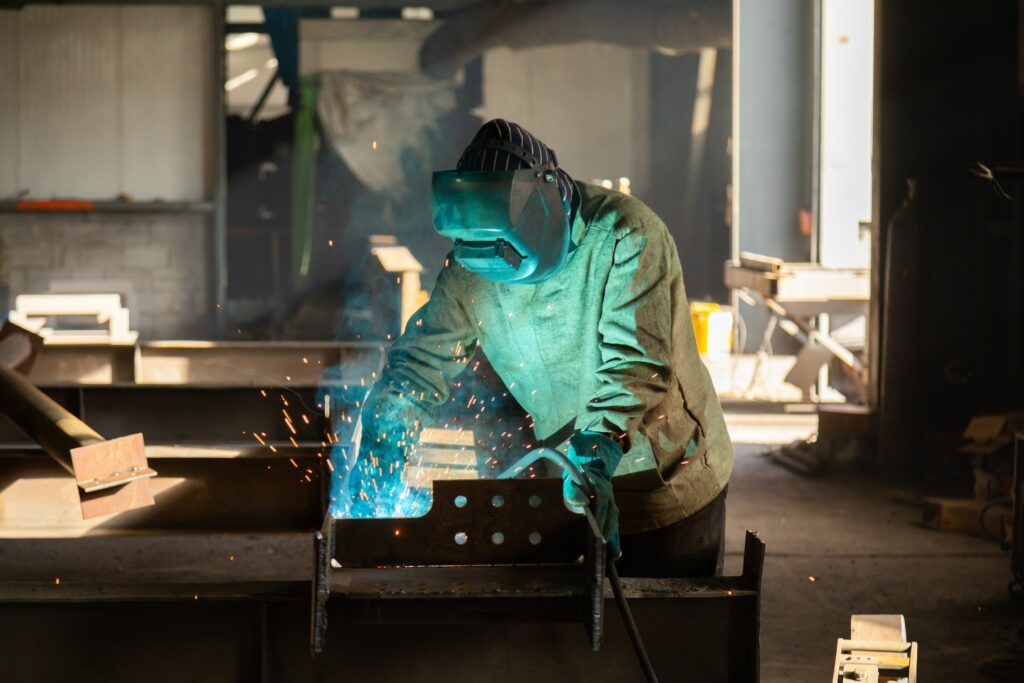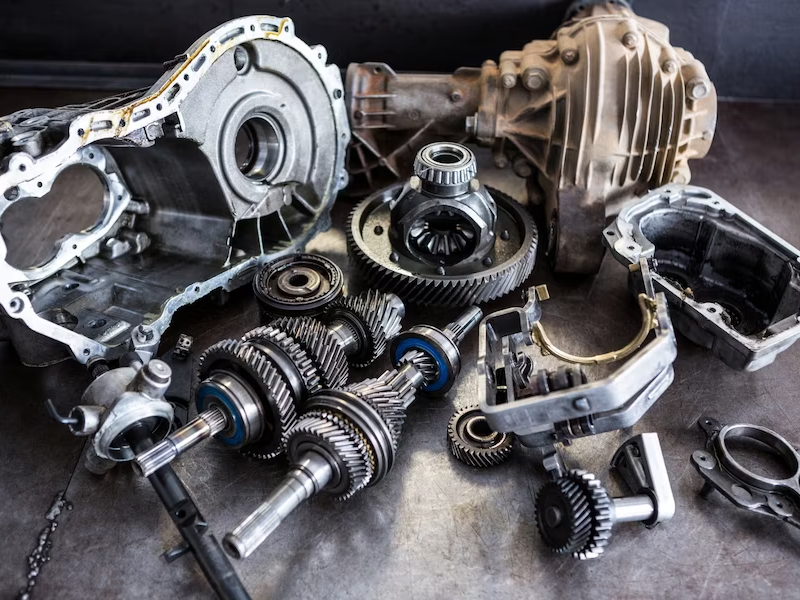In the realm of precision manufacturing, lathing and milling are two indispensable techniques that lie at the heart of crafting intricate components with unparalleled accuracy. These precision machining processes have revolutionized industries by transforming raw materials into finely crafted masterpieces.
This comprehensive guide aims to delve into the essence of lathing in machining, explore the key distinctions between lathe turning and milling with meticulous detail, and shed light on the fascinating lathing process.
Whether you’re a seasoned machinist or a curious enthusiast, this article will provide you with invaluable insights into the captivating world of lathing and milling, delivered with the expertise of a true industry professional.
Understanding Lathing in Machining
Lathing in machining is a precision process that involves rotating a workpiece against a cutting tool to expertly remove material and achieve the desired shape and dimensions of the component. The workpiece is typically clamped and rotated on a lathe, while the cutting tool moves along the length of the workpiece, skillfully shaping it into the desired form.
The Anatomy of a Lathe
A lathe is the powerhouse behind the art of lathing, and understanding its key components is crucial for mastering the craft. The primary components of a lathe include the bed, headstock, tailstock, carriage, and cutting tool. Each element plays a vital role in ensuring precision, stability, and control during the lathing process.
The Types of Lathe Turning
Lathe turning offers a diverse range of techniques to achieve specific shapes and features. From facing and turning to taper turning and knurling, each technique serves a unique purpose and unlocks a world of possibilities in precision machining.
Facing: Creating Smooth Surfaces
Facing is a technique used to create a smooth, flat surface on the end of the workpiece. This process ensures that the workpiece’s end is perpendicular to its rotational axis, resulting in a perfectly flat surface ready for further machining operations.
Turning: Achieving Precise Dimensions
Turning involves skillfully removing material from the outer diameter of the workpiece to achieve precise dimensions. This technique is commonly used to create cylindrical shapes, such as shafts and rods, with exceptional accuracy.
Taper Turning: Shaping into Elegance
Taper turning is the art of gradually altering the diameter along the length of the workpiece, shaping it into a tapered form. This technique finds application in crafting components like conical surfaces and machine tool guides.
Knurling: Embracing Texture and Functionality
Knurling is a distinctive process of embossing a textured pattern on the workpiece surface, enhancing grip and aesthetics. This technique is commonly used in the production of handles and knobs, offering both functionality and visual appeal.
Unraveling the Difference Between Lathe Turning and Milling
Lathe turning involves the cutting tool moving parallel or at an angle to the workpiece’s rotational axis. This technique excels in creating cylindrical shapes and achieving specific diameters. An excellent example of lathe turning is the production of a wooden baseball bat, where the lathe rotates the wooden cylinder while the cutting tool shapes the bat’s exterior, resulting in a smooth and symmetrical finish.
Milling, in contrast, is a distinct machining technique that employs rotating cutting tools to remove material from a stationary workpiece. The cutting tools can approach the workpiece from various angles, allowing for the creation of complex shapes, contours, and intricate designs. For instance, milling machines can produce metal gears by removing excess metal from a flat workpiece, carving out precise gear teeth with remarkable precision. Check out this video for more:
The Motion of Workpiece and Cutting Tool
In lathe turning, the workpiece rotates, and the cutting tool moves parallel or at an angle to the rotational axis. On the other hand, in milling, the workpiece remains stationary, while the cutting tools rotate and move along multiple axes, enabling a versatile range of machining possibilities.
Geometries Produced
Lathe turning is primarily suited for cylindrical components and rotational parts, excelling in achieving precise tolerances and smooth surface finishes. In contrast, milling is ideal for creating diverse shapes, slots, and three-dimensional surfaces, capable of tight tolerances and smooth finishes, sometimes requiring additional processes for optimal results.
Unveiling the Lathing Process
The lathing process encompasses several key steps that contribute to its precision and effectiveness in machining.

Preparing for Lathing Excellence
Thorough preparation is essential before commencing the lathing process. This includes selecting the most suitable lathe for the specific job, securing the workpiece in the chuck or collet securely, and ensuring precise alignment of the cutting tool with the workpiece.
Lathe Setup and Tool Selection
The lathe setup involves adjusting rotational speed and feed rate, tailored to the material being machined and the desired surface finish. The choice of cutting tool is equally critical and should be selected based on factors such as the workpiece material, depth of cut, and required precision.
Mastering the Lathing Technique
Achieving excellence in lathing requires a keen understanding of the techniques and nuances involved. From selecting appropriate cutting speeds and feeds to employing the right tooling and workholding methods, each element contributes to the final masterpiece.
Conclusion
Lathing and milling are timeless crafts that have shaped the world of precision machining with their elegance and precision. The art of lathing, with its rotational finesse, excels in crafting cylindrical components with exceptional accuracy, while the allure of milling unlocks a realm of intricate designs, contours, and three-dimensional surfaces.
By understanding these fundamental processes and the distinctions between lathe turning and milling, machinists and enthusiasts alike can unleash the full potential of precision machining, fostering innovation and excellence across industries.
As technology continues to advance, the captivating world of lathing and milling will continue to evolve, inspiring generations of artisans and craftsmen to push the boundaries of possibility in precision engineering.



